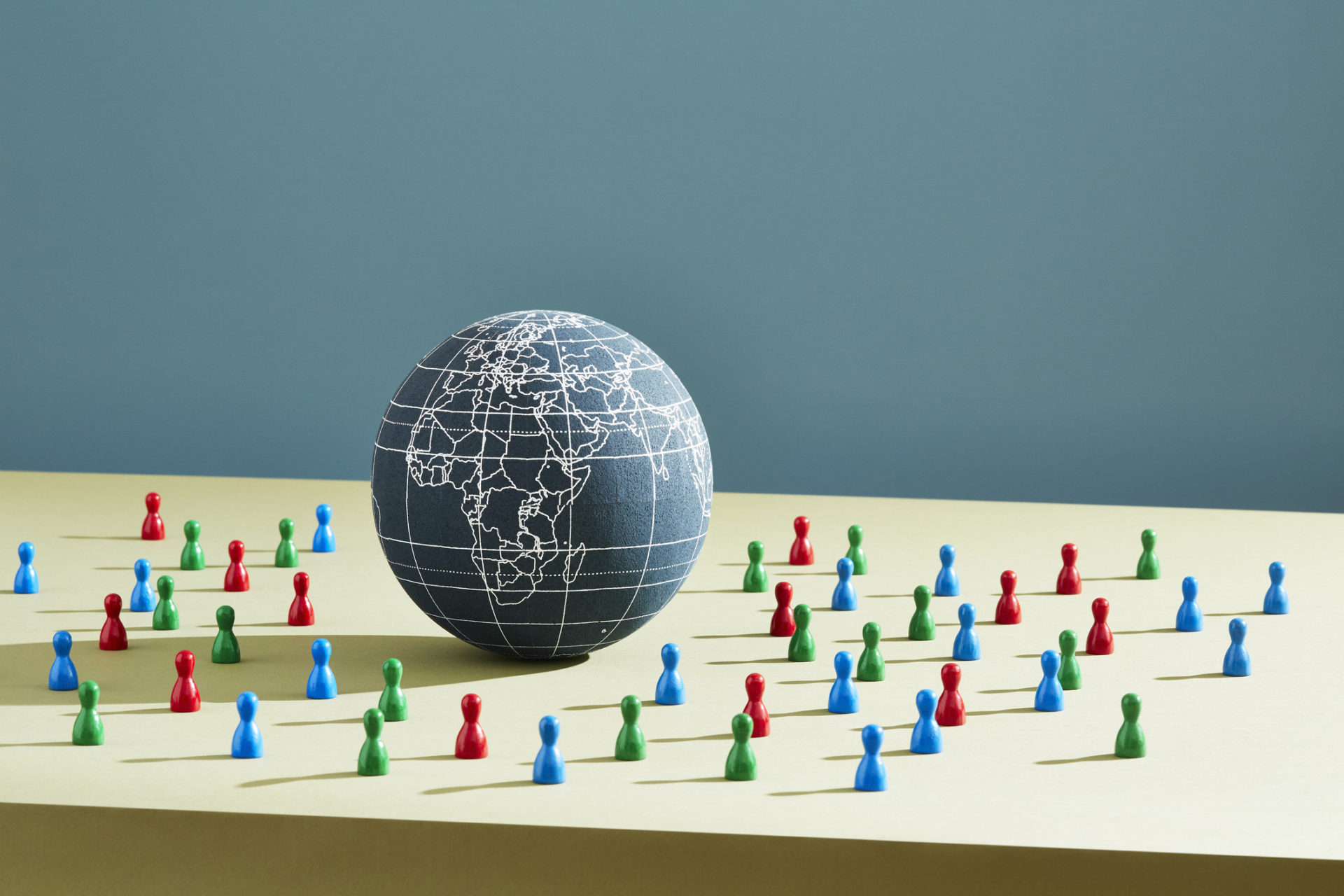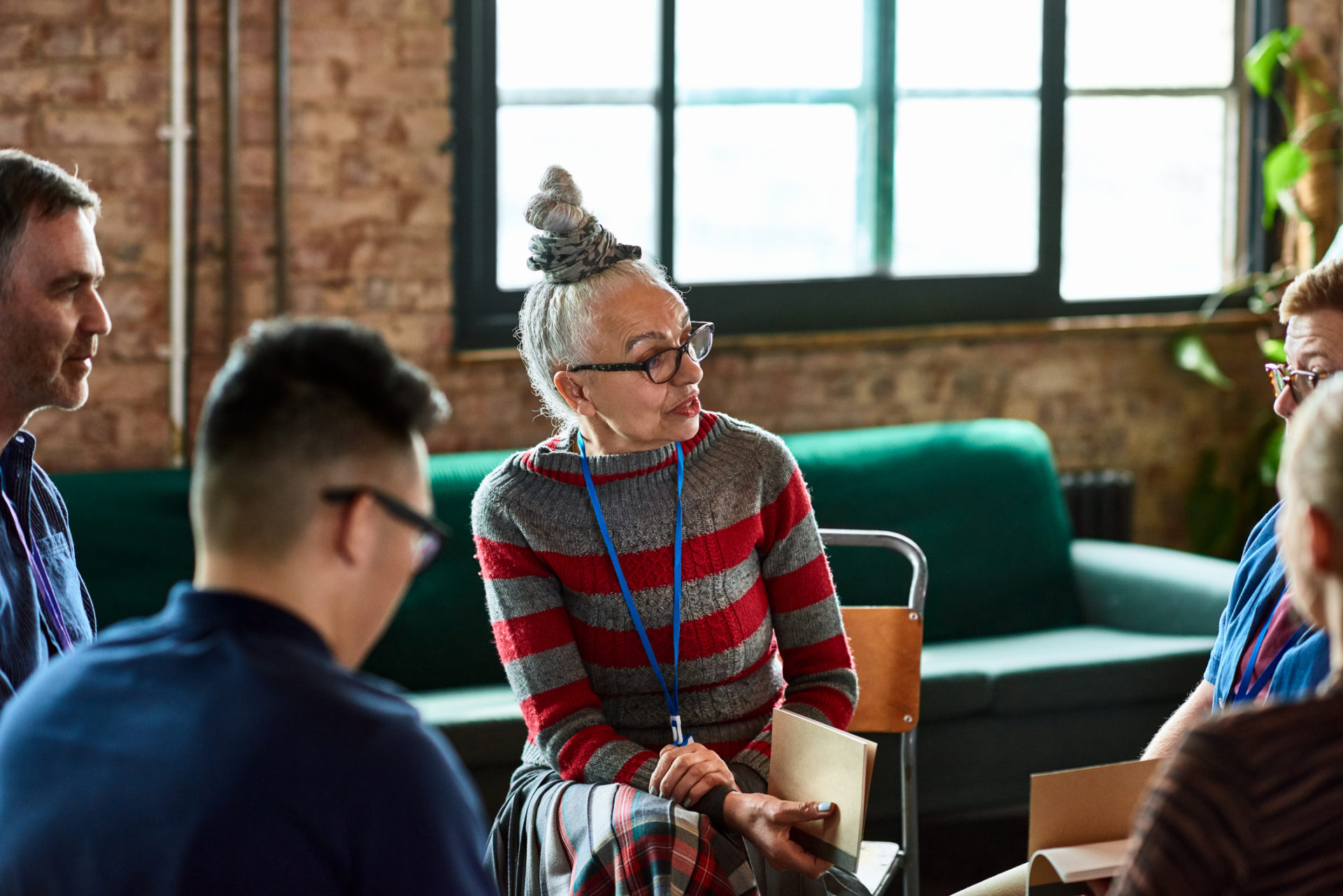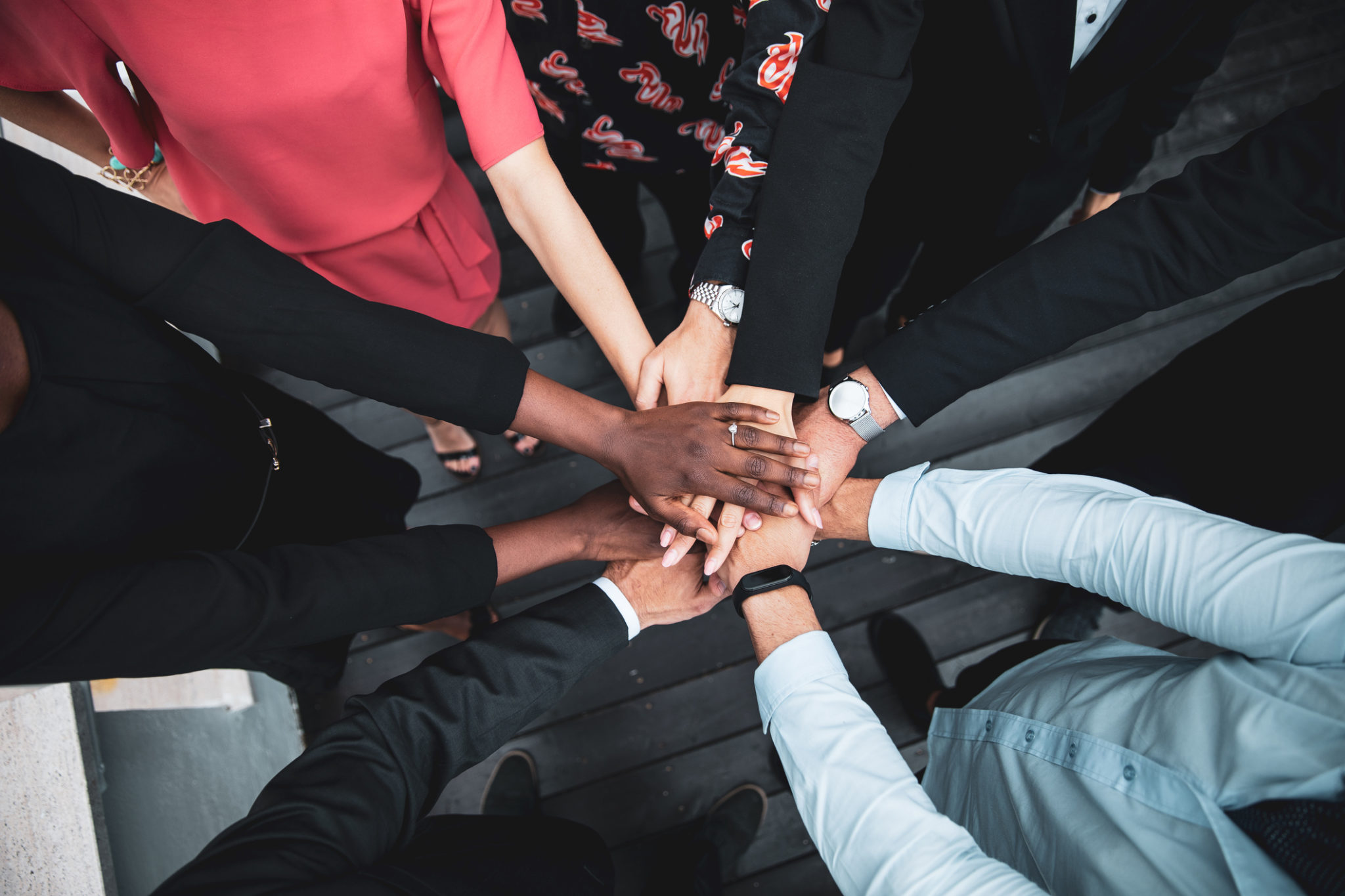Around the world, slightly less than one in four people (about 1.9 billion) were age 50 or older in 2020. This fraction has grown dramatically in recent decades and is expected to rise even more; in fact, by 2050 we estimate that roughly one-third of the global population (about 3.2 billion people) will be age 50 or older. As this population grows, its social and economic contributions will expand correspondingly; consequently, economies around the world have a tremendous opportunity to act now and develop public policies and business practices that meet the needs of an aging population. Doing so will maximize the social and economic productivity of older people, resulting in huge gains benefiting every generation.
In its newly released Global Longevity Economy® Outlook report, AARP and Economist Impact examine how consumer spending by those age 50-plus supports economic activity in a representative set of 76 economies which span six continents and collectively accounted for 79 percent of the world’s population and 95 percent of global GDP in 2020. Through our analysis, we are able to estimate the total impact of the 50-plus population’s consumer spending on global GDP, employment, and labor income during 2020-2050, with similar estimates produced for each of the 76 economies studied.
The Global Economic Impact of Older Consumers
Although one would expect a group as large as the 50-plus population to be economically important, our estimates are truly staggering. For example, we find that—despite representing only 24 percent of the world population—those age 50 or older accounted for half of global consumer spending ($35 trillion) in 2020. We expect this share to rise to 54 percent ($52 trillion) by 2030 and 59 percent ($96 trillion) by 2050. Spending at this scale has enormous economic consequences, as demonstrated by our impact estimates for GDP, employment, and labor income. Specifically, we find that consumer spending by the 50-plus population in 2020 ultimately stimulated the production of $45 trillion in final goods and services around the world, representing 34 percent of global GDP in that year. The same spending also supported about 33 percent of global employment (1 billion jobs) and 31 percent of labor income ($23 trillion). As large as these impacts already are, we expect them to rise substantially in future years due to the ever-increasing size and economic power of the global 50-plus population. By 2050, older people are projected to account for 39 percent of global GDP ($118 trillion), 38 percent of employment (1.5 billion jobs), and 34 percent of labor income ($53 trillion). Importantly, the values reported here only reflect economic contributions by the global 50-plus population that we can estimate with available data; prior AARP research suggests that older people also generate a significant amount of economic value through activities such as volunteer work and unpaid caregiving.
Beyond demonstrating the tremendous economic importance of the global 50-plus population, our analysis highlights many striking details. For example, we find that nearly 30 percent of the 50-plus population’s impact on global GDP in 2020 stemmed from foreign spending (i.e., older consumers buying goods and services produced outside of their domestic economy). This fact is critical, as it suggests that the global 50-plus population’s economic influence extends well beyond older, wealthier economies. In fact, our findings demonstrate that any economy—even one with a very young population—can benefit from the economic power of older people so long as it engages in global commerce. Especially notable examples in our set of 76 economies studied include Cambodia, Ghana, and Vietnam. Each of these economies had a below-average domestic 50-plus population share in 2020, yet all three derived more than 40 percent of their 2020 GDP from people age 50 or older (largely due to massive impacts from foreign spending by older consumers).
Maximizing the Economic Potential of Older Consumers to Benefit Every Generation
By demonstrating the significant and growing economic importance of the global 50-plus population, this report emphasizes the need for flexible public policies and business practices that meet the needs of every generation. More specifically, our analysis strongly supports the following practical steps for policymakers, business leaders, and the public at large:
- Policymakers at all levels of government should develop and implement practical and actionable aging plans.
- Businesses of every size must recognize that population aging represents a tremendous opportunity for growth and innovation.
- Organizations providing economic guidance and support to developing economies should prioritize investments that meet the economic and social needs of individuals at every stage of the life course.
- Society must recognize the value of unpaid economic activity and promote public policies and business practices which support those engaging in unpaid activities (e.g., caregiving).
- Any business or economy wishing to succeed on a global scale must account for the spending power of older consumers, both domestic and foreign.
Changes such as these will foster the productivity of older people and produce economic benefits for every generation.










